News
NASA highlights Ghana’s declining forest reserves
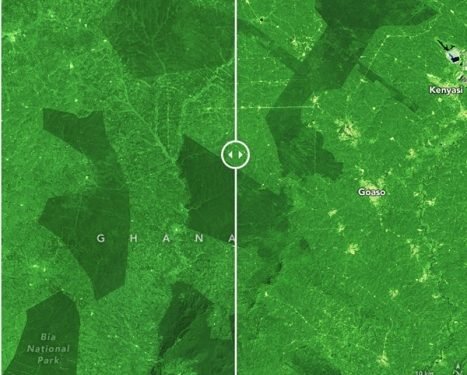
In southwestern Ghana, a patchwork of tropical forest lies among widespread farmland dotted with towns. These forest fragments are remnants of the Upper Guinean forest of West Africa, a biodiversity hotspot that has been diminished by human activity and fires.
Primates, elephants, hippopotamuses, and butterflies are among the thousands of animals that live in the region’s primary forests, which are almost entirely within a network of forest reserves. But satellite images indicate that these protected forest remnants have become even smaller in recent decades.
The false-colour images above, acquired by the Landsat 4 and Landsat 9 satellites, show 12 protected forest reserves and Bia National Park in the Bia-Goaso forest district in 1989 (left) and 2023 (right). The forested canopies of the reserves are dark green, whereas the surrounding landscape is lighter green.
“This area has historically been an important forest habitat for biodiversity, but elephant populations have declined precipitously because of human encroachment and habitat degradation,” said Michael Wimberly, a professor of geography and environmental sustainability at the University of Oklahoma. The photograph below, taken by Wimberly, shows intact forests in a reserve east of the Bia-Goaso region.

Wimberly and a team of researchers in the United States and Ghana used Landsat data to study forest degradation, loss, and recovery in the reserves across Ghana from 2003 to 2019. Although vegetation change was relatively slow from 2003 to 2015, it picked up significantly between 2015 and 2019.
Overall, there was more forest loss and degradation than recovery, resulting in a gradual decline of tree cover.
The drivers of change here are multifaceted, noted Wimberly. In 2016, drought associated with El Niño parched forests and promoted fires across more than 12 percent of Ghana’s moist semi-deciduous and upland evergreen forests. Forest loss was especially prevalent in a reserve known as Bonsam Bepo, south of the city of Goaso.
In a reserve southeast of this image, mining operations contributed to forest loss. In the reserve north of Bia National Forest, widespread logging for timber from 2017 to 2019 led to forest degradation. In other reserves, such as Krokosua (the u-shaped reserve at the bottom of the image), the expansion of cocoa farms has consumed forest. Ghana and neighbouring Côte D’Ivoire produce about two-thirds of the world’s cocoa.
A 2024 United Nations report on the state of the world’s forests highlighted the Forest Data Partnership, an effort to help people in Ghana access remote sensing data to track commodities linked to deforestation and prevent forest loss.
The approach is being field-tested in Ghana and at the joint NASA-USAID SERVIR program’s regional hub for West Africa to help make agricultural production and food systems more sustainable.
Wimberly and colleagues continue to monitor Ghana’s tropical forest landscapes and forest reserves using Landsat data and models to classify the health of forests. Their updated results can be explored in this interactive map.
Source: earthobservatory.nasa.gov
News
Helicopter crash victims laid to rest
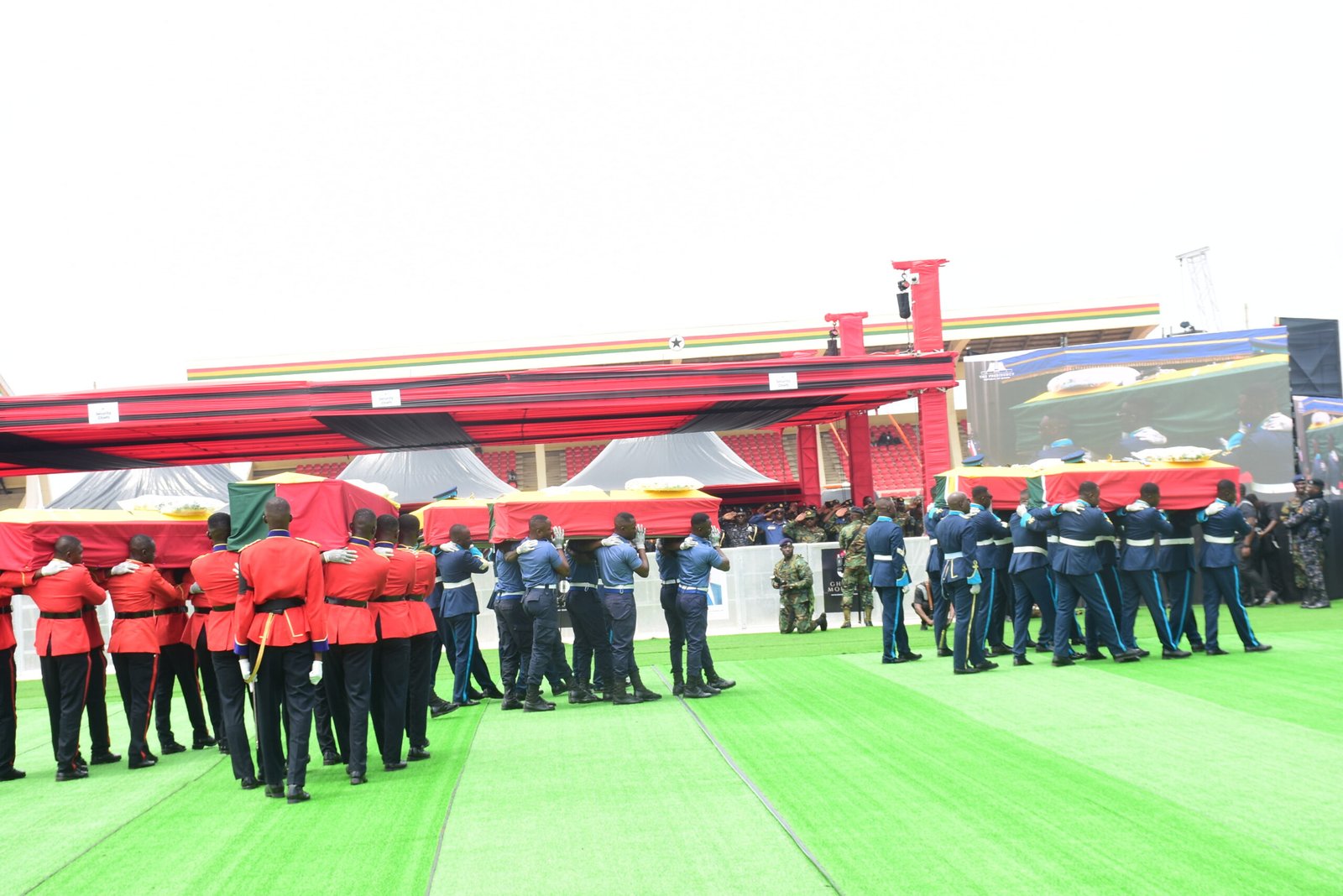
The remaining victims of the August 6 helicopter crash were laid to rest at the Military Cemetery at Tse Addo in Accra, following a state funeral at the Black Star Square.
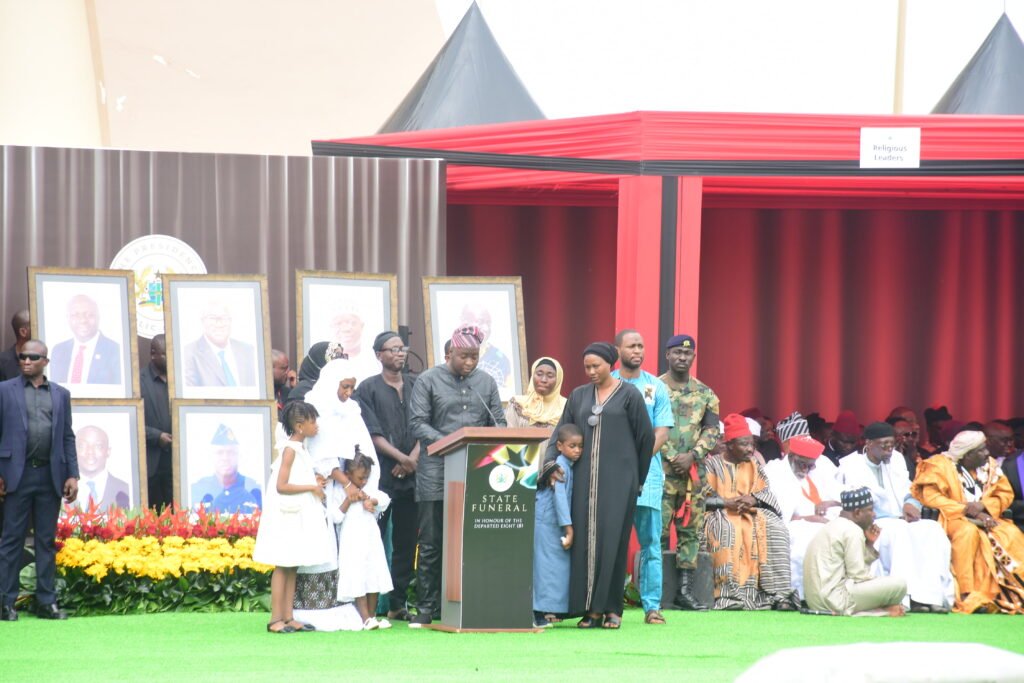
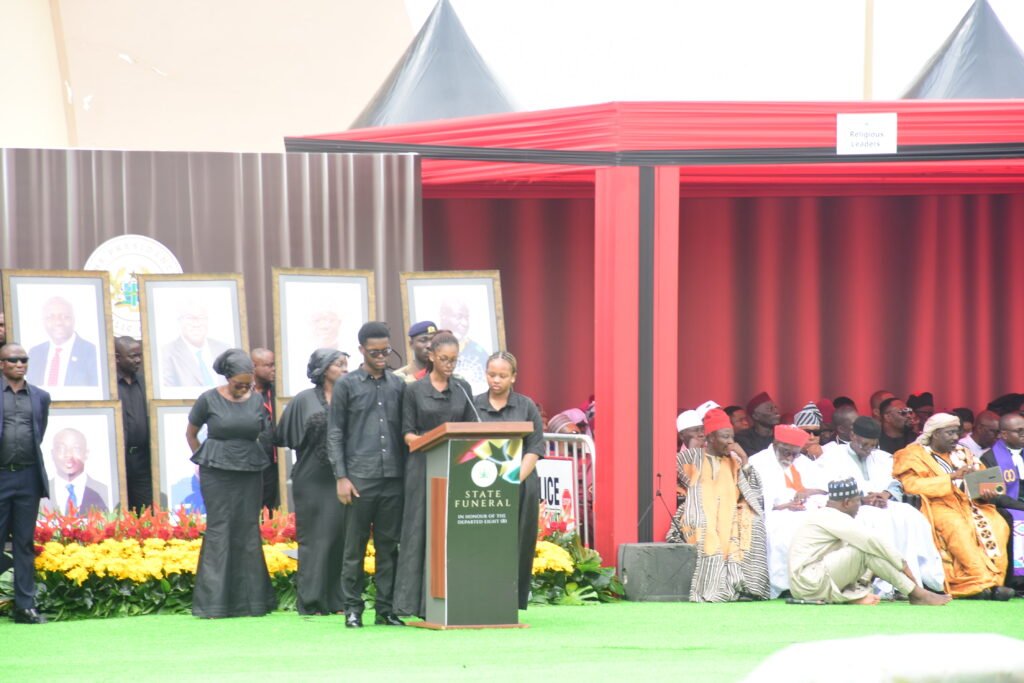
The six included Defence Minister, Dr Edward Omane Boamah, Vice Chairman of the National Democratic Council (NDC), Dr Samuel Sarpong, Deputy Director General of the National Disaster Organisation (NADMO), Samuel Aboagye, and three Ghana Armed Forces officers Squadron Leader Peter Bafemi Anala, Flying Officer Manaen Twum-Ampadu and Sergeant Ernest Addo Mensah.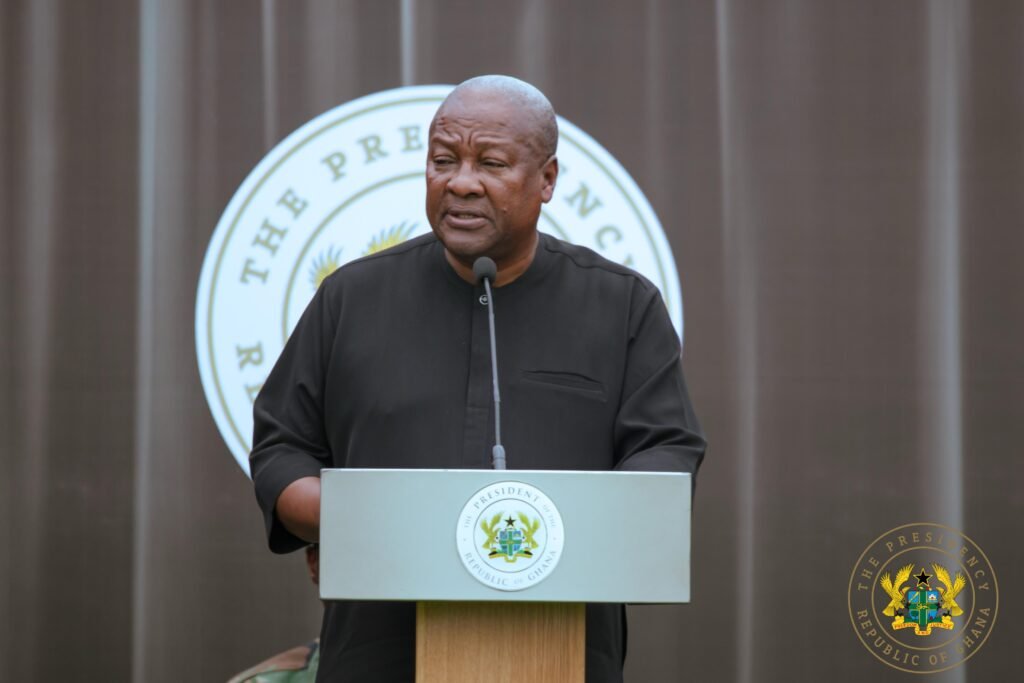
Two of the victims, who are Muslims, Environment Minister Dr Ibrahim Murtala Muhammed and Acting Deputy National Security Coordinator, Mohammed Muniru Limuna were earlier laid to rest.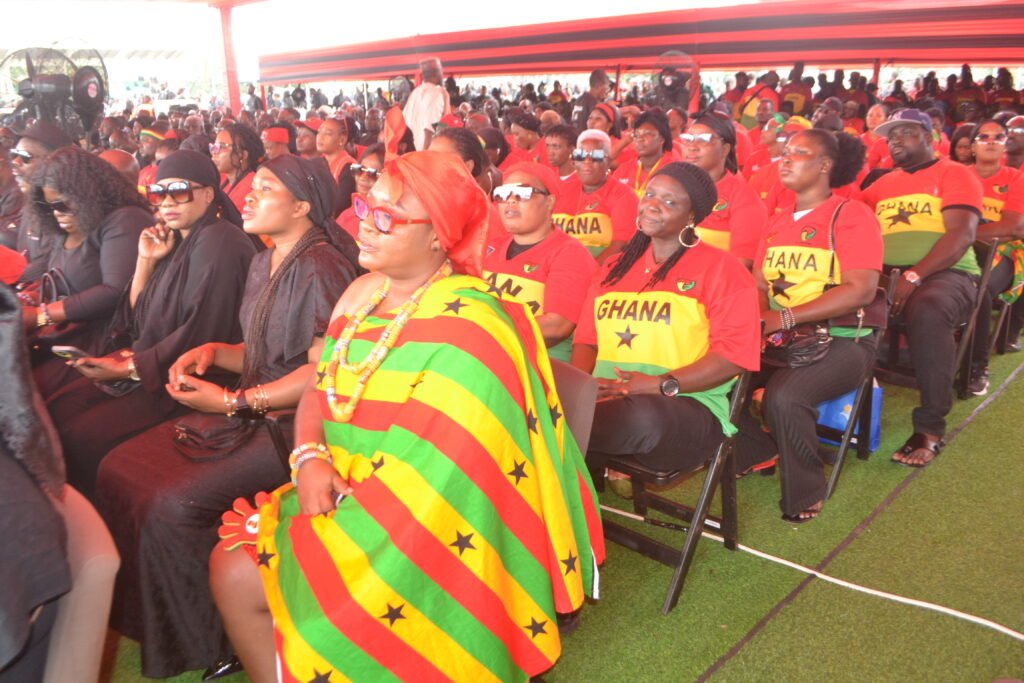
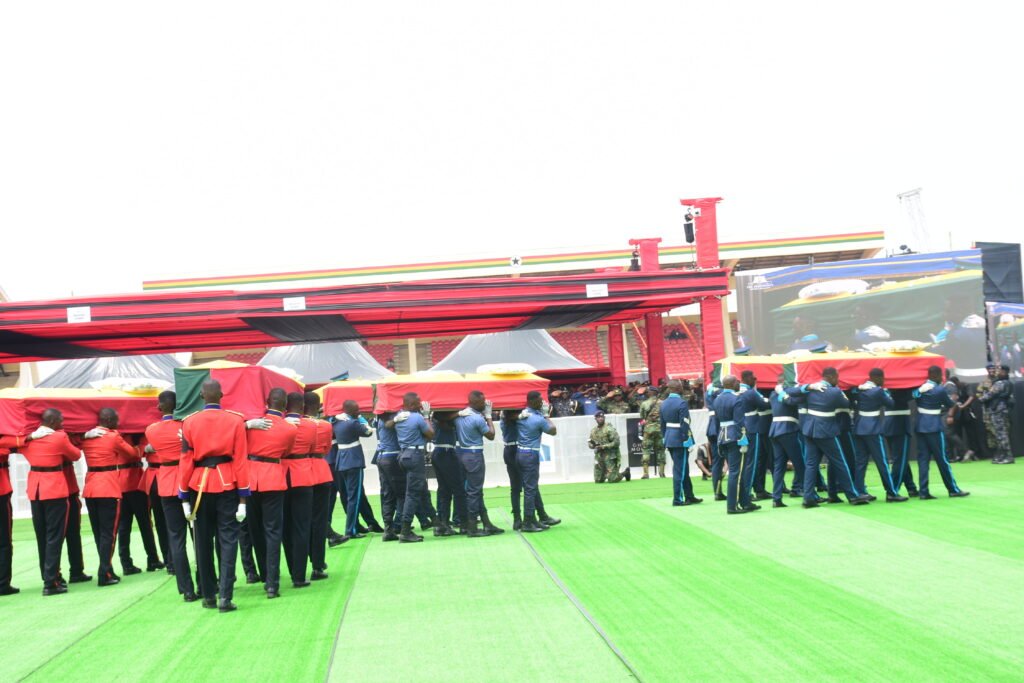
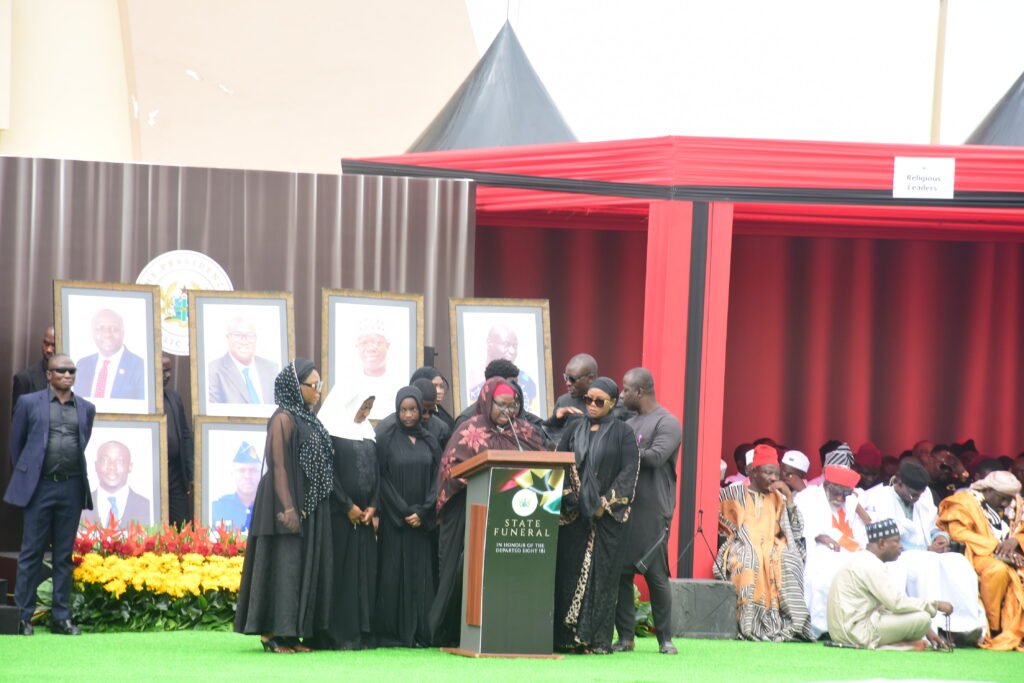
The funeral ceremony was attended by the President, John Dramani Mahama, Vice President Naana Jane Opoku- Agyemang, Speaker of Parliament Alban Bagbin, the Acting Chief Justice, Paul Baffoe-Bonnie, former President Nana Addo Dankwa Akufo-Addo and service chiefs.
It was a day of pain and sorrow as tributes poured from widows, children, colleagues, and state officials.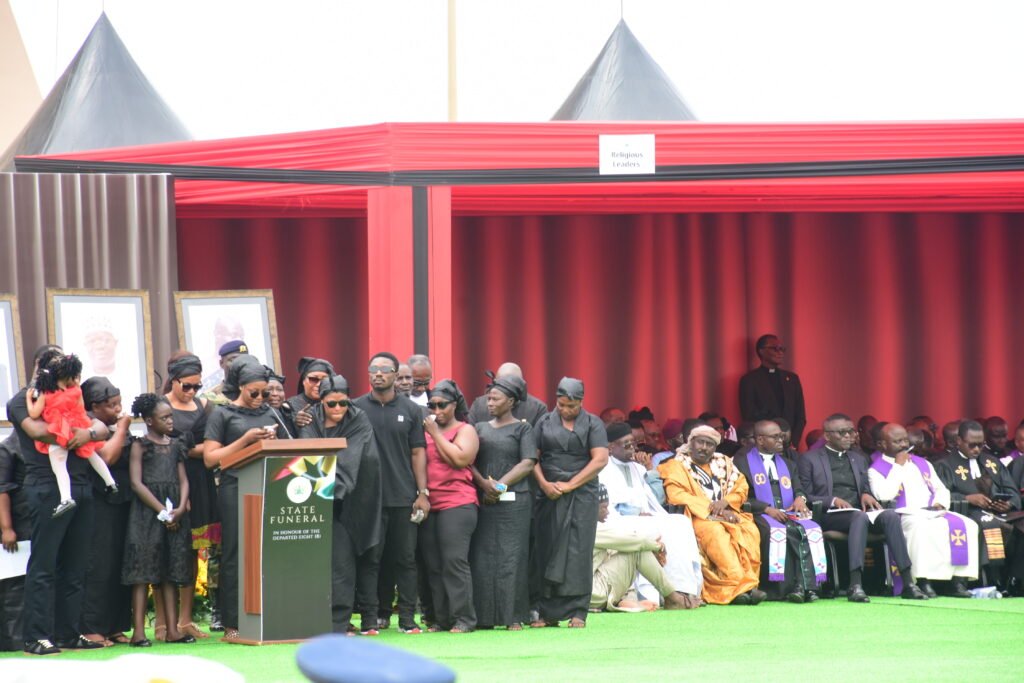
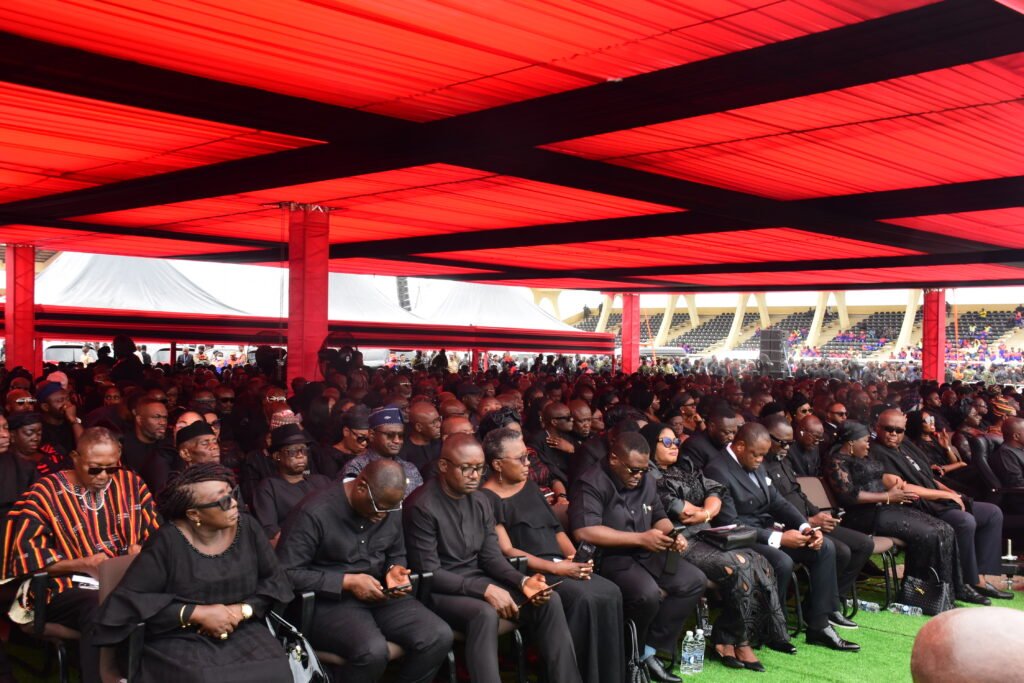
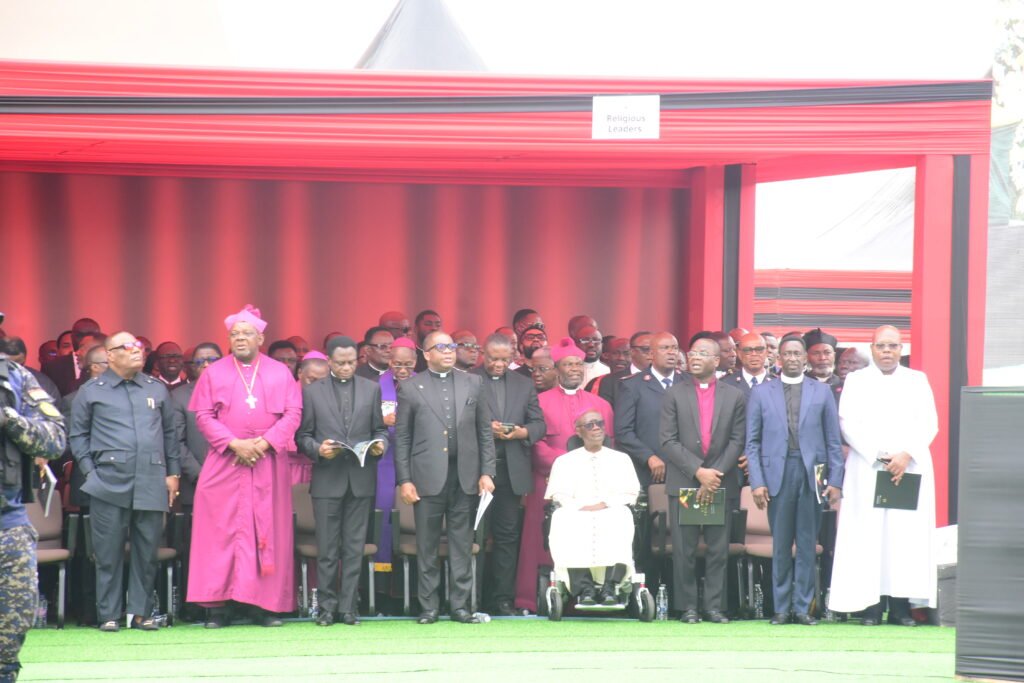
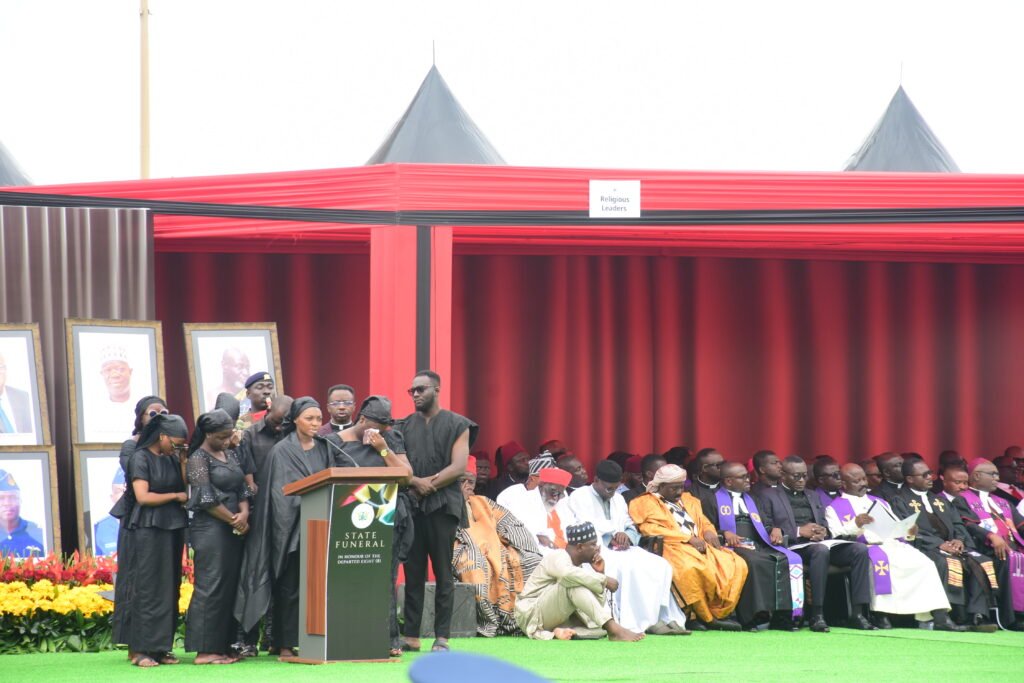
President John Dramani Mahama in his speech hailed the deceased as patriots who paid the ultimate price in the line of duty.
- Former President John Agyekum Kufuor (second from right), Former Vice President, Dr Mahamudu Bawumia (right), and the Speaker of Parliament, Alban Sumana Kingsford Bagbin (left) and others
- Former President Akuffo-Addo (fourth from left) and Wife arriving at the Independence Square for the funeral
By Linda Abrefi Wadie
News
UDS student transforms learning in deprived Ashanti community with locally-made school furniture
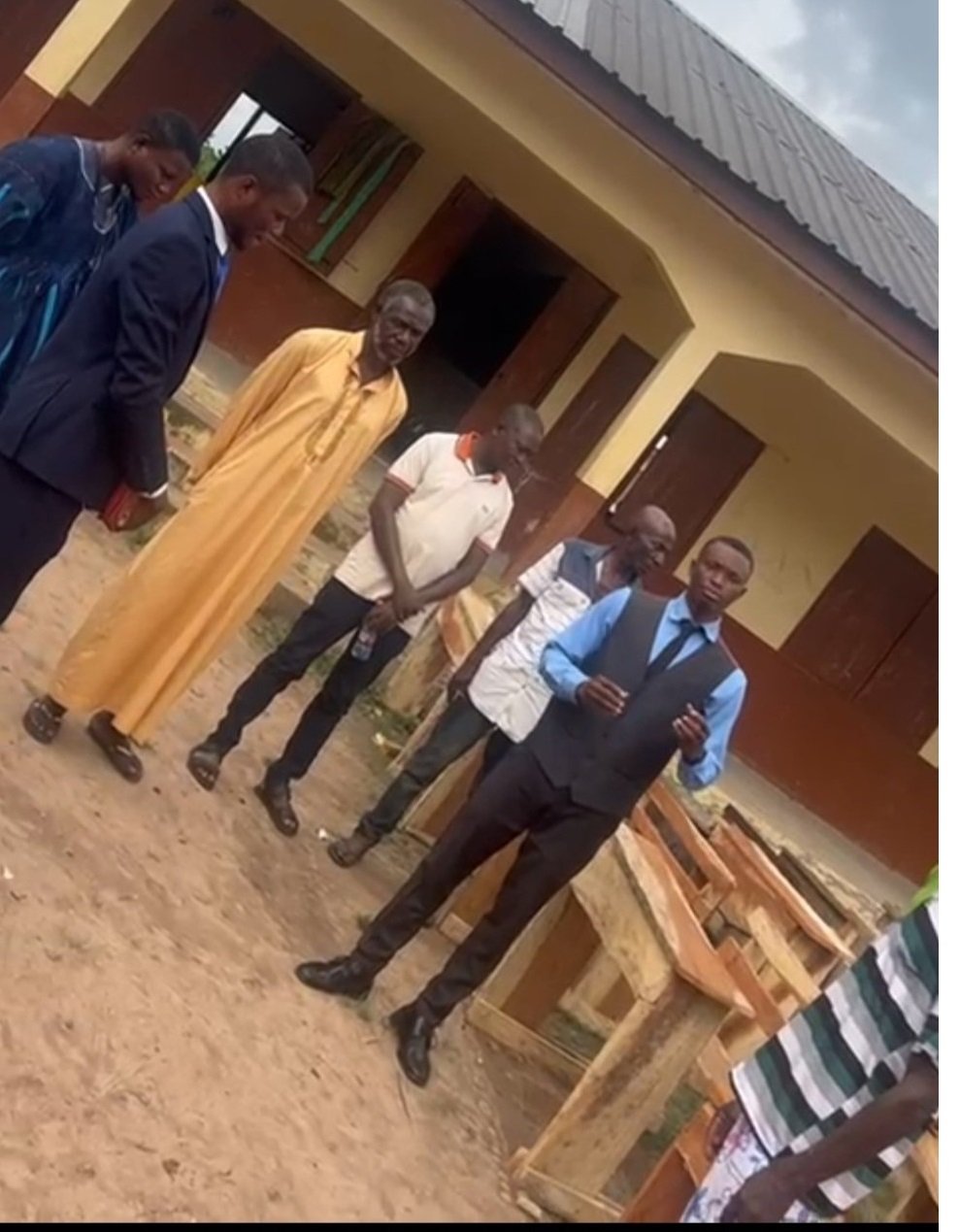
A student of the University for Development Studies (UDS), Mr Ganiu Salifu Luri, has brought relief and renewed hope to pupils and teachers of Asare Nkwanta, a deprived community in the Sekyere Central District of the Ashanti Region, by mobilising residents to manufacture urgently needed school furniture.
Until this intervention, nearly 70 school children in the community endured the discomfort of sitting and lying on the bare floor during lessons, while teachers struggled without desks on which to carry out their work.
The lack of basic learning and teaching resources had long been a barrier to effective education delivery in the community.
Mr Luri, who is serving in Asare Nkwanta as part of the University’s Third Trimester Field Practical Programme (TTFPP), said the situation deeply moved him when he arrived.
Determined to make a difference, he established a community-based initiative named ‘Equip to Excel,’ aimed at mobilising local residents to address the pressing furniture deficit in the school.
Through his foundation, Mr Luri encouraged community members to contribute wood and other materials, after which he personally undertook the carpentry work to produce desks and tables for the school.
His efforts culminated in a formal presentation of the newly manufactured furniture to the school during an assessment visit by his supervisors, including Dr Hardi Shahadu of UDS.
Community elders and school management described the intervention as a game-changer for education in Asare Nkwanta.
“This has solved one of the most urgent challenges in our school. The children can now learn in comfort, and teachers can work more effectively,” an elder remarked during the handing over ceremony.
Asare Nkwanta is one of many underserved communities in the Sekyere Central District, grappling with inadequate infrastructure, limited educational resources, and socioeconomic challenges.
The TTFPP, a flagship component of UDS’academic calendar sends students to such rural and peri-urban areas to live, work, and identify development needs while implementing practical solutions that leave lasting impact.
Mr Luri’s initiative is one of many innovative projects being undertaken by UDS students across Ghana under the TTFPP.
In various communities, these students have addressed issues ranging from sanitation and water supply to health education and skills training with each project tailored to the needs identified in their host communities.
The Vice-Chancellor of UDS has often described the TTFPP as “the University’s most distinctive contribution to Ghana’s development,” combining academic learning with community service to nurture socially responsible graduates while delivering real change at the grassroots.
For Asare Nkwanta, the desks built through the dedication of a young university student now stand as a lasting reminder that with vision, collaboration, and determination, even the most deprived communities can take steps toward educational transformation.
Credit:https:uds.edu.gh/news












